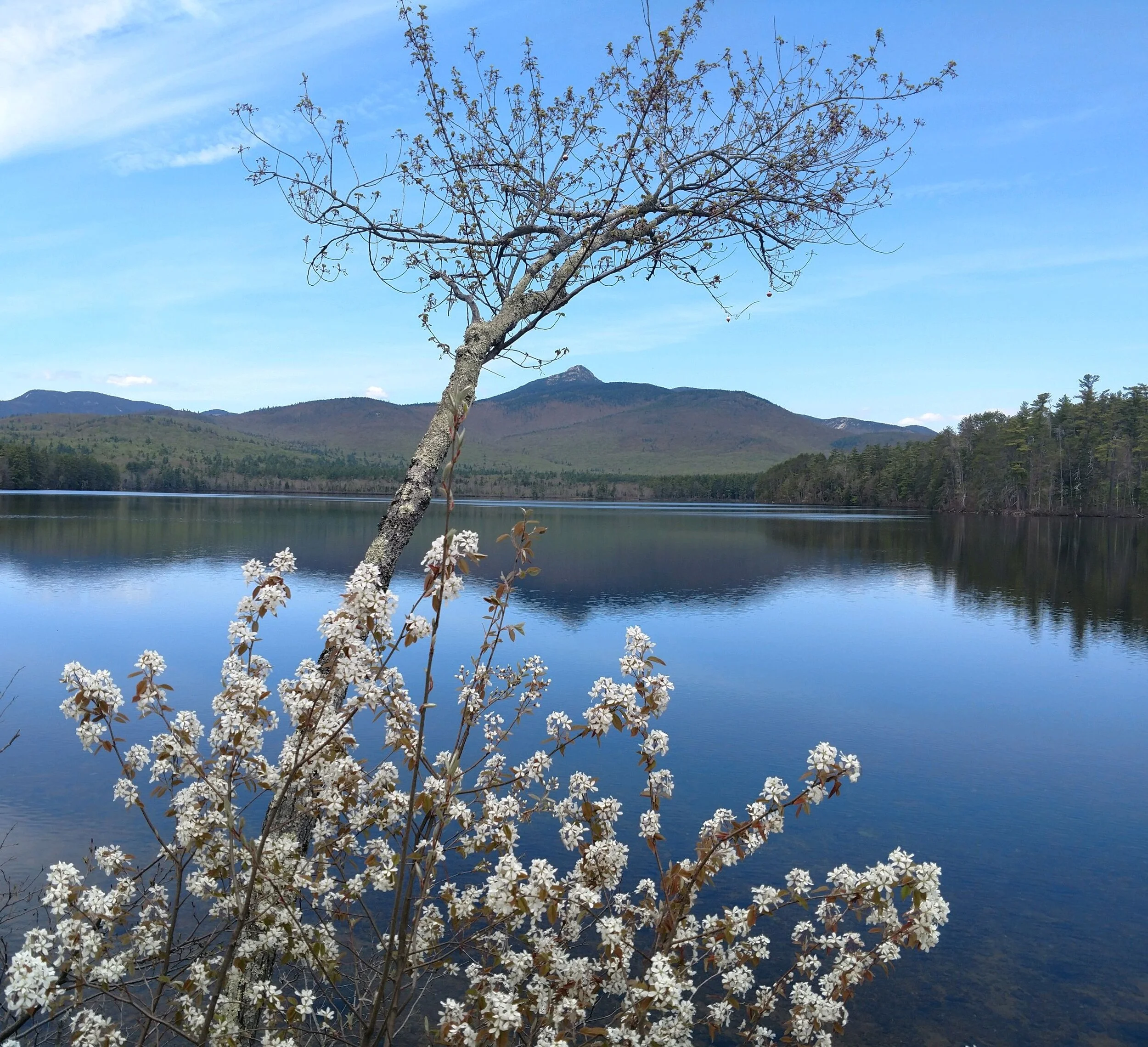A big thank you to Debra Marnich from the USDA Natural Resources Conservation Services Conway office for her wonderful presentation. Below you’ll find a replay and a list of some of the resources Deb mentions at the end of her talk.
Would you like to increase habitat and food sources for native pollinators so that they, in turn, can help our fruits and flowers and vegetables grow? Join the Chocorua Lake Conservancy and the Cook Memorial Library for “Native Pollinators, Habitat, and NRCS Programs” with Debra Marnich, Soil Conservationist for the USDA’s Natural Resources Conservation Service. Anyone who grows food, keeps bees, has flowering and fruiting trees, shrubs or vines, or cares about the environment, humanity and the future of both will want to catch this program. Marnich explores the importance of native pollinators in our food system in addition to nonnative, European kept bees, the decline of native pollinators, how to create habitat for native pollinators, nesting sites for native pollinators, seasonal food sources for native pollinators, and how to use NRCS Programs to support native pollinators.
Pollinator Resource List
Native plants, seeds, wildflowers, and pre-mixed pollinator seeds:
Learn More:
Xerces Society for Invertebrate Conservation
Banner image: Serviceberry, or shadbush, blooming on the shores of Chocorua Lake in May 2020. Photo: Debra Marnich

